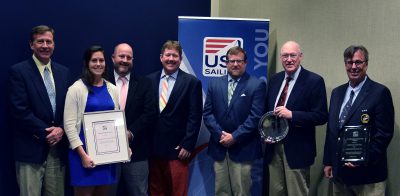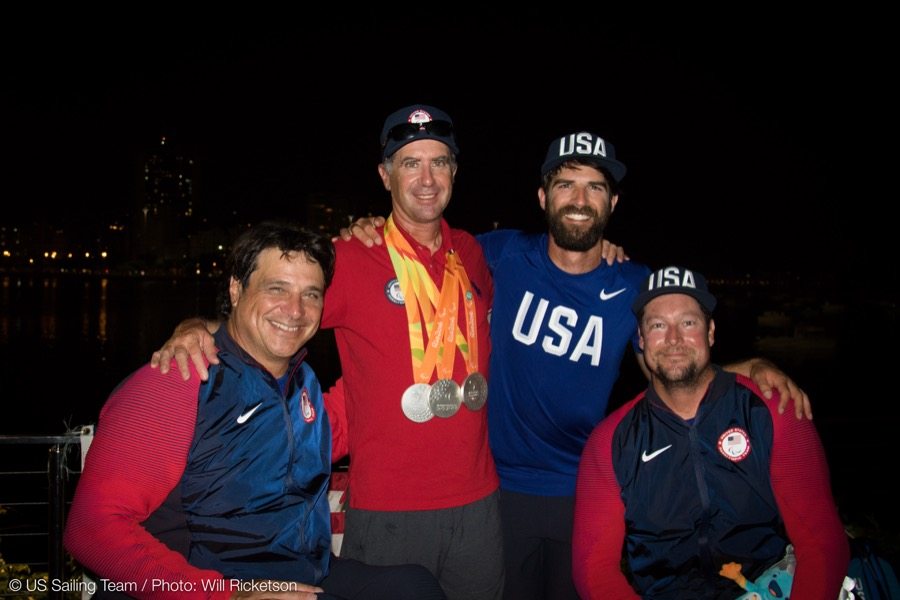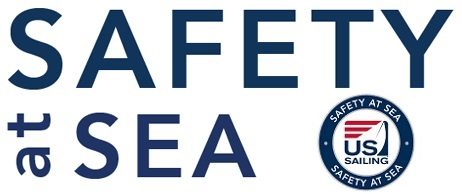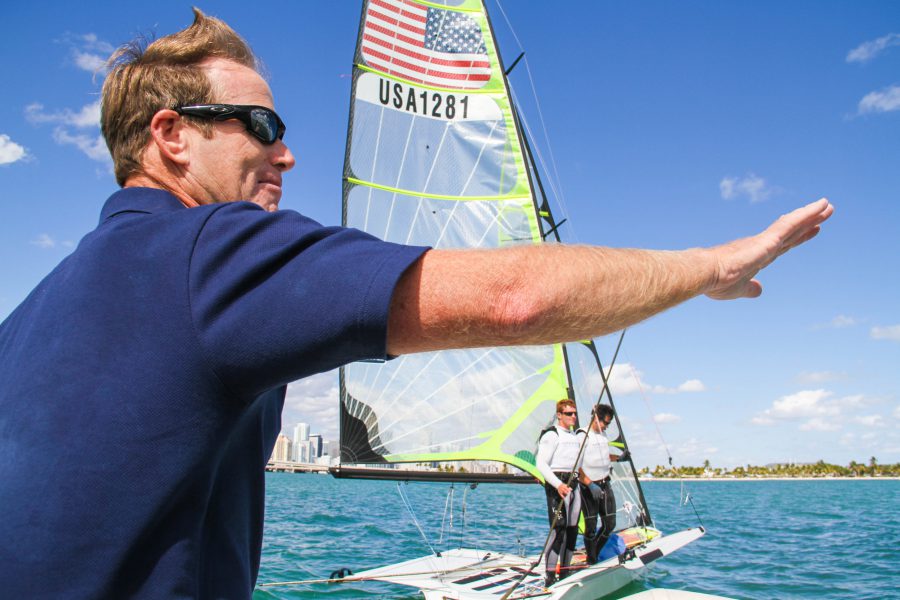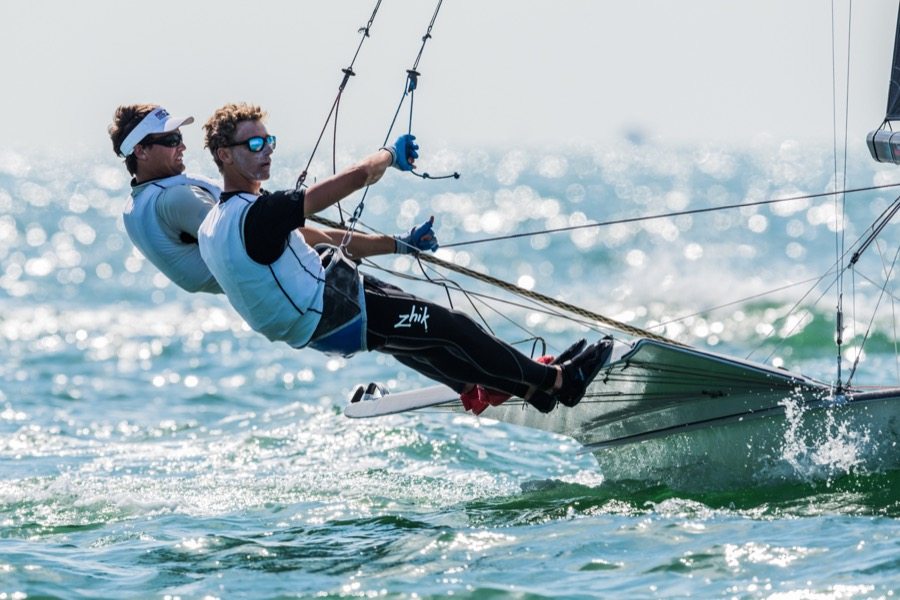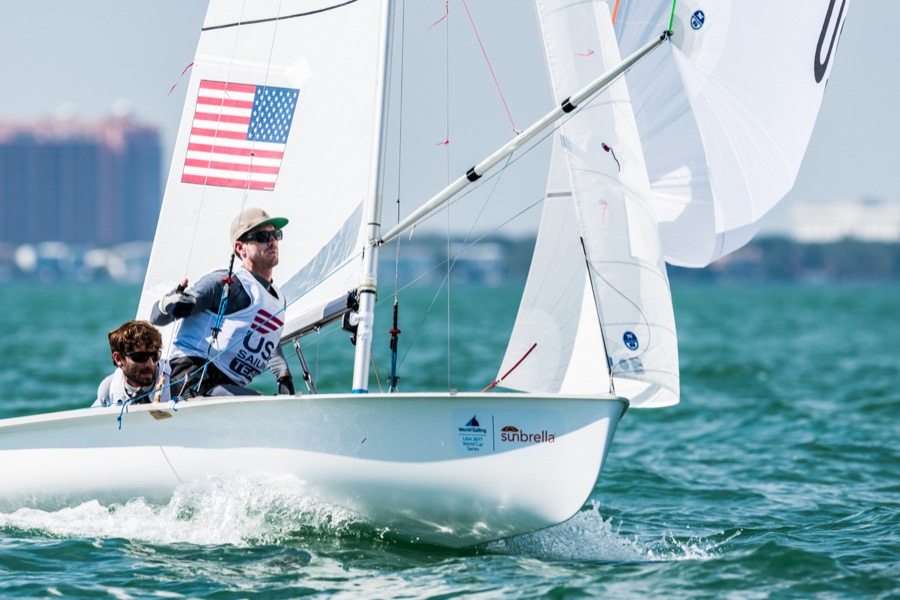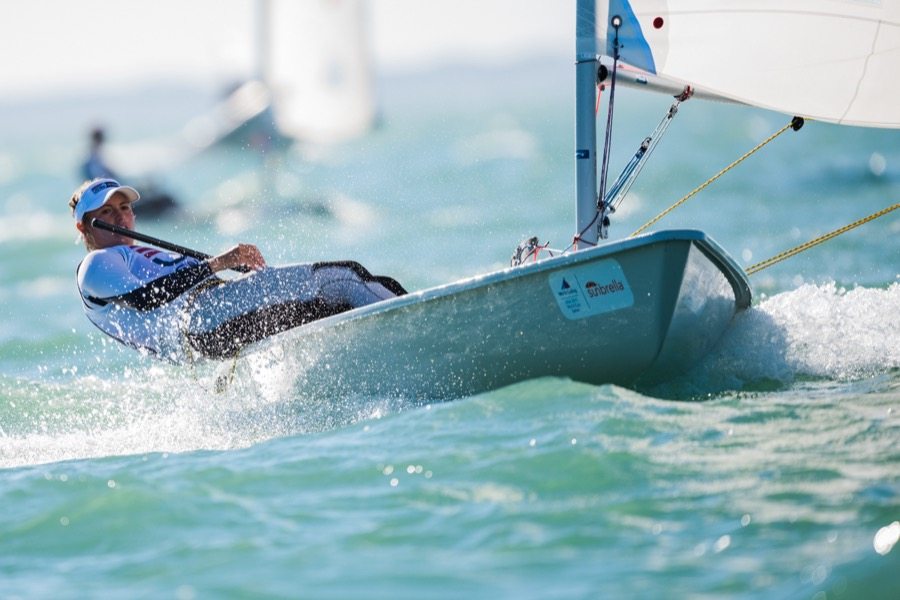Paine, Moroz Awarded US Sailing’s Rolex Yachtsman, Yachtswoman of the Year for 2016
Caleb Paine and Daniela Moroz were presented the US Sailing Rolex Yachtsman and Yachtswoman of the Year awards for 2016, respectively, at a luncheon in the Model Room of the New York Yacht Club in Manhattan.
Read More


